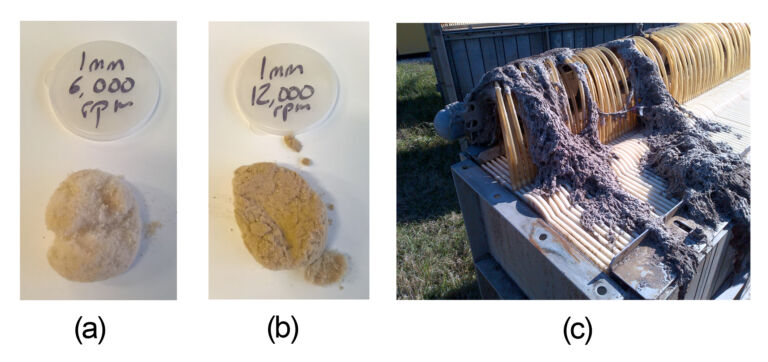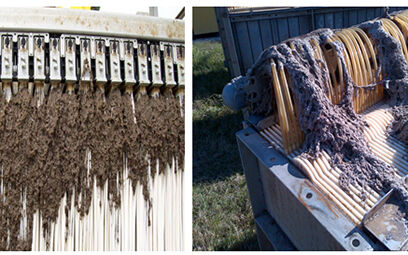The origins of ragging in MBRs − a story of cotton wool
Simon Judd has over 35 years’ post-doctorate experience in all aspects of water and wastewater treatment technology, both in academic and industrial R&D. He has (co-)authored six book titles and over 200 peer-reviewed publications in water and wastewater treatment.
Not so long ago, I approached a Laboratory Manager at a certain UK university to carry out some processing of cotton wool fibre. We wanted to see if it would be possible to grind it in an old-fashioned ball mill, or by any other means, so as to produce a dispersion. It wouldn’t be appropriate to identify her specifically, so let’s just call her ‘Jane Hubble of the Cranfield Water Science Institute (CWSI)’. ‘Sure,’ Jane replied brightly, ‘we’ve got a few ways we could do that’.
Now, there’s a scene in Monty Python and the Holy Grail where the imposing Tim the Enchanter (played by John Cleese) warns with dark foreboding of the terror awaiting the knights who dare take on the bloodthirsty creature of Caerbannog, the creature which guards the cave containing the Grail. The monster is subsequently revealed to be a fluffy white rabbit, nonchalantly grazing on the grass in front of the cave. Following howls of derision by the assembled knights, one of their number is duly dispatched to finish off the beast, whereupon he is immediately decapitated by the lunging rabbit. Taken aback, the remaining knights charge at the rabbit only for many of their number to meet the same grisly fate.
Perhaps Jane and her crack team of assiduous technicians were unaware of this apocryphal tale of under-estimation when she took on this seemingly simple task. Credit where it’s due, her team came up with some fine ideas for achieving this − certainly more inspired than the various feeble attempts I’d made in the past to achieve this specific goal. Disperse short lengths of cotton wool fibres − how hard can it be?
She handed this task over to her colleagues. It wouldn’t be right to say exactly who they are, so let’s just call them ‘Dave Sharp’ and ‘Richard Andrews’. Dave’s idea was to freeze the material to embrittle it and in doing so make it easier to grind. Great idea, except this simply produced very cold cotton wool which retained all the elasticity of the material at room temperature.
Origins of ragging

Richard suggested milling it in a centrifugal mill, which scorched the cotton wool due to the friction generated (Figure 1(a, b)). Apparently, it smelled a bit like candyfloss, which should give people something to think about next time they take their kids to the funfair. However, despite the off-white colour of the sample, this method did at least produce short lengths of fibres in the form of what the team decided to call ‘dust bunnies’.
So on to the next idea of wetting, freezing and cutting with shears. This produced the same clumps of aggregated fibrous material as with dry cotton wool, only in cold water. Refusing to give in − when surely any other sane mortal would have thrown in the towel long before − the team tried wetting the material, freezing it in liquid nitrogen and then using the centrifugal mill again. This produced a perturbing bang when the mill first started, and the iced wool defrosted almost immediately due to the friction. The damp cotton wool didn’t even make it through the apertures of the mill, instead merely coating the inner walls with wet cotton mush.
So, what’s any of this to do with MBRs? Well, the simple answer is that ragging in MBRs (Figure 1(c)) is almost certainly caused by cotton wool or similar cellulosic textile fibres. Only very short lengths of tiny filaments must break through the 1−3 mm fine screens, which suggests that they are originally dispersed. But, and here’s the thing, they soon get together again to form those long rags. And, as the CWSI technical staff can keenly attest, the fibres very obviously prefer it that way.







